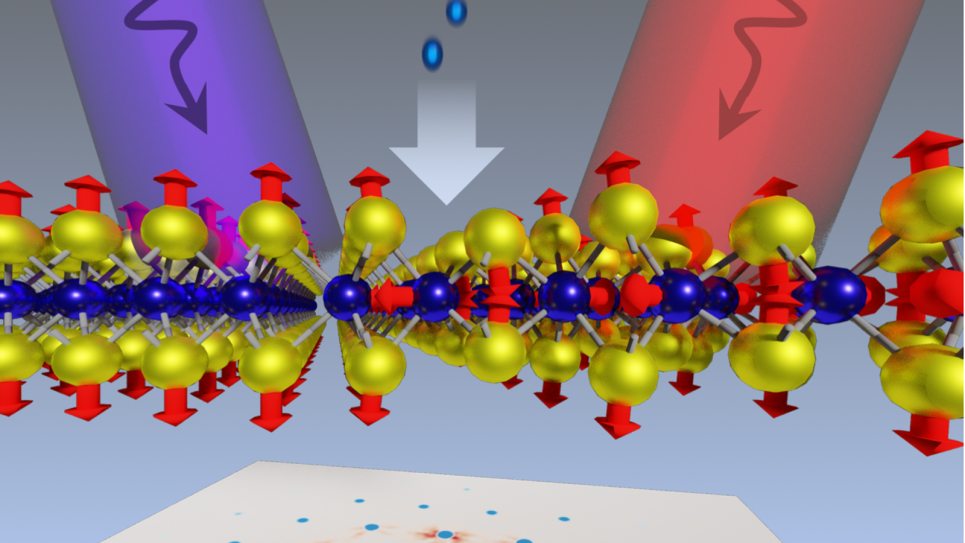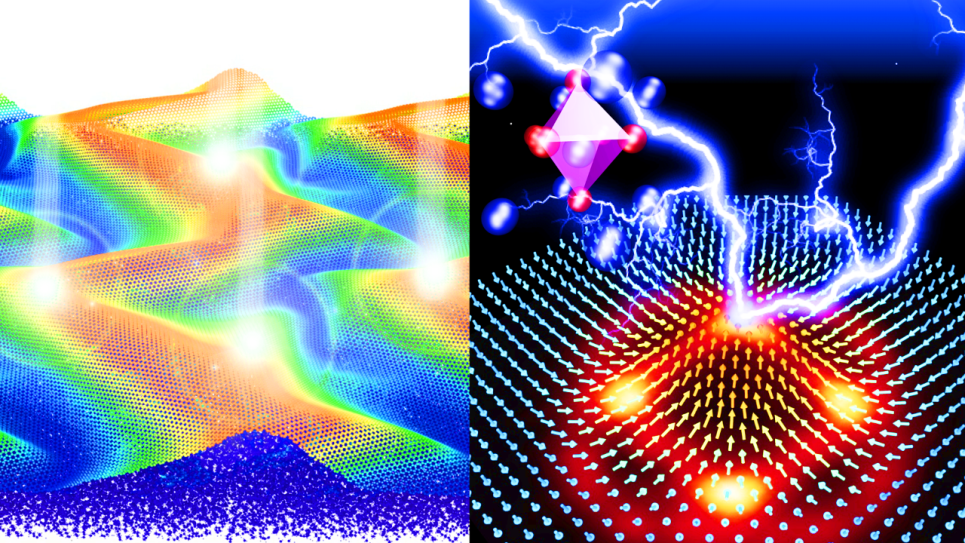
Combined simulation and experimental investigation of non-equilibrium phonon dynamics in two-dimensional materials. Non-adiabatic quantum dynamics simulations and ultrafast electron diffraction experiments reveal pathways for optical control in two-dimensional materials using non-equilibrium phonon dynamics. (Image: Aravind Krishnamoorthy, University of Southern California)
